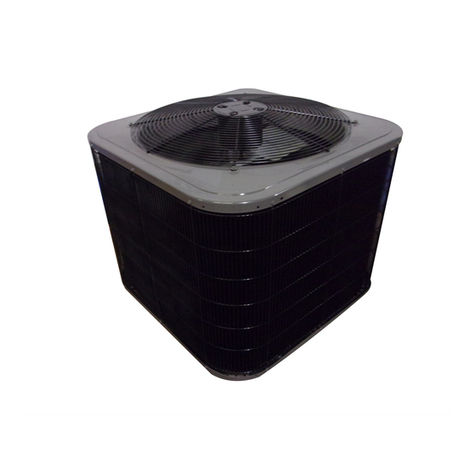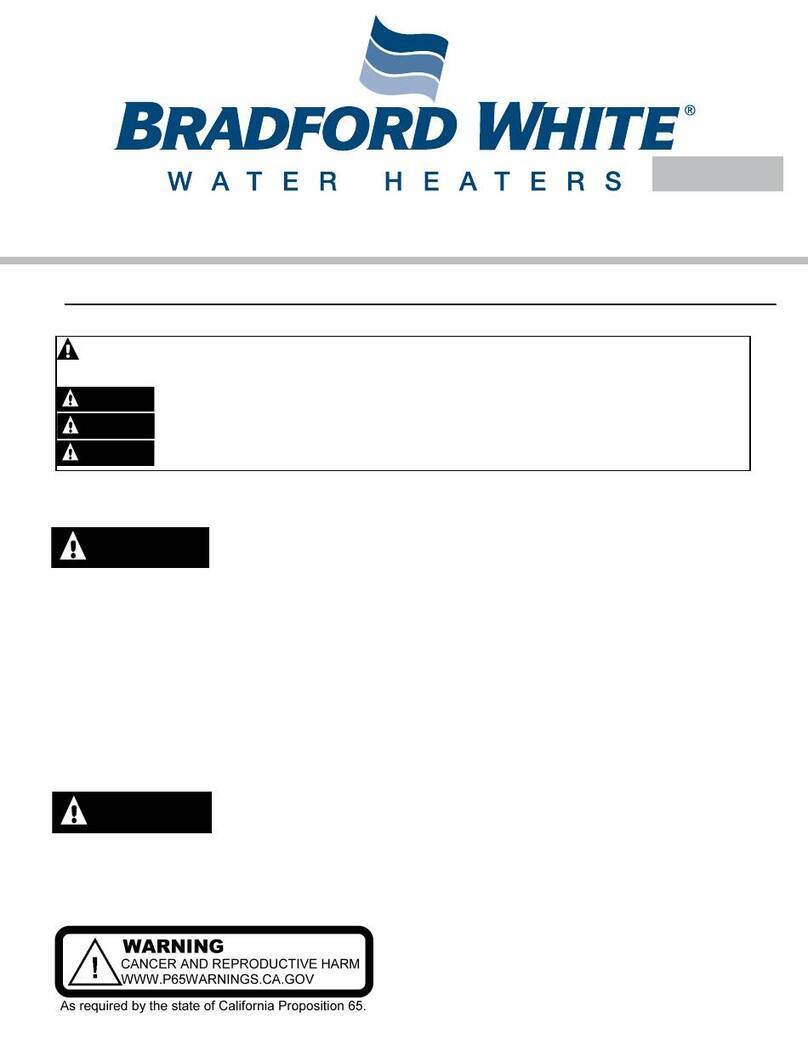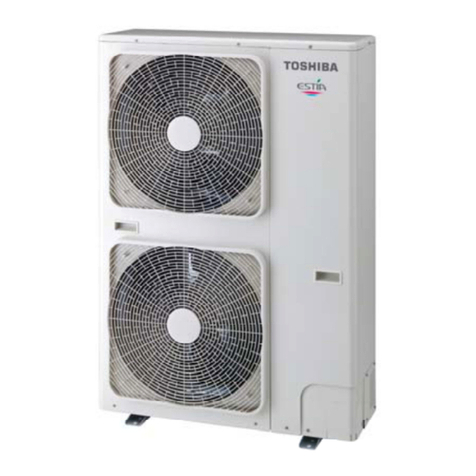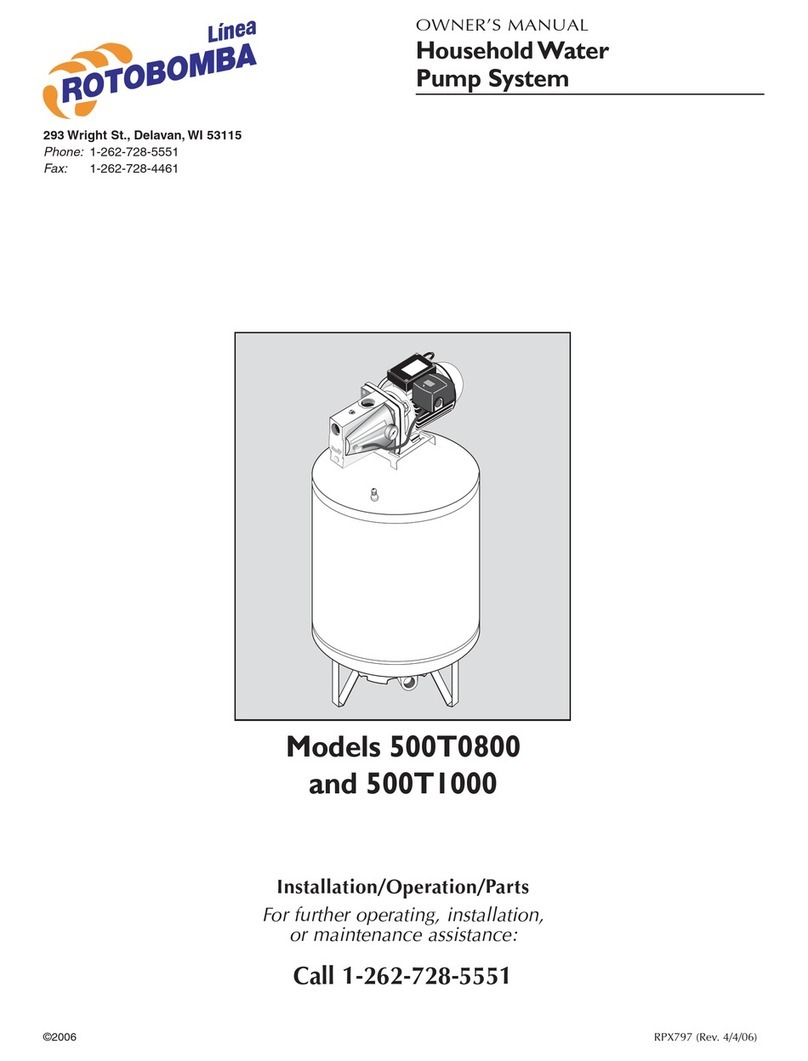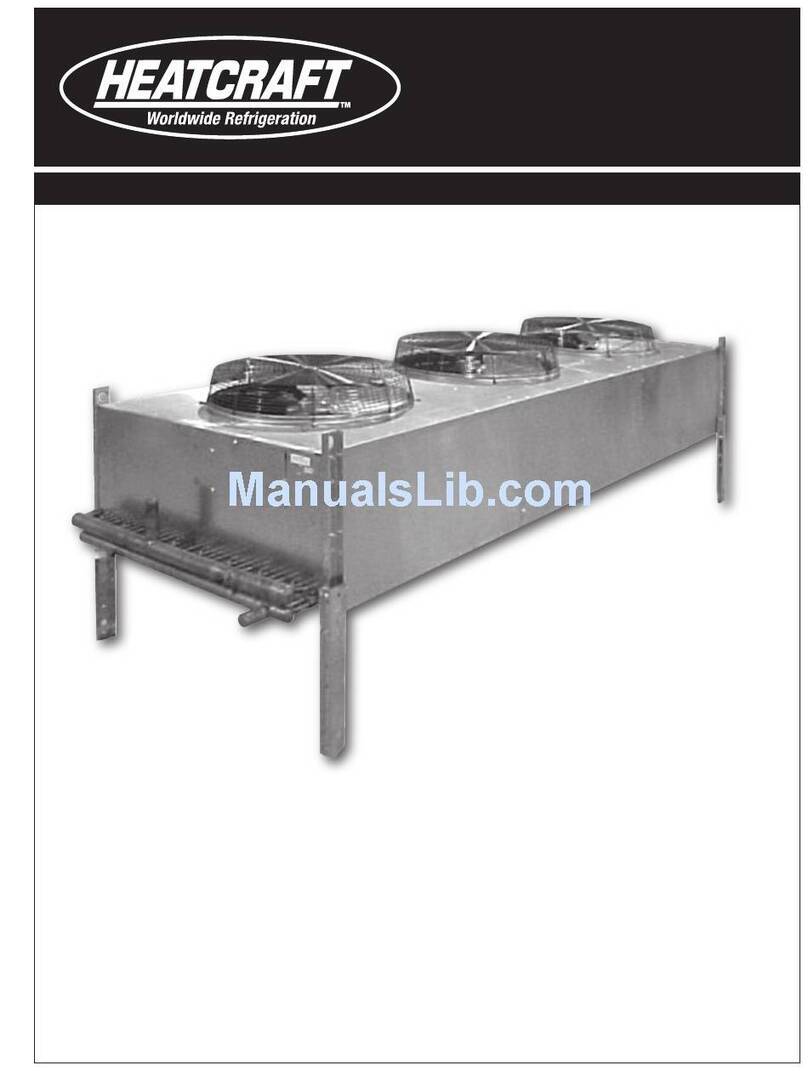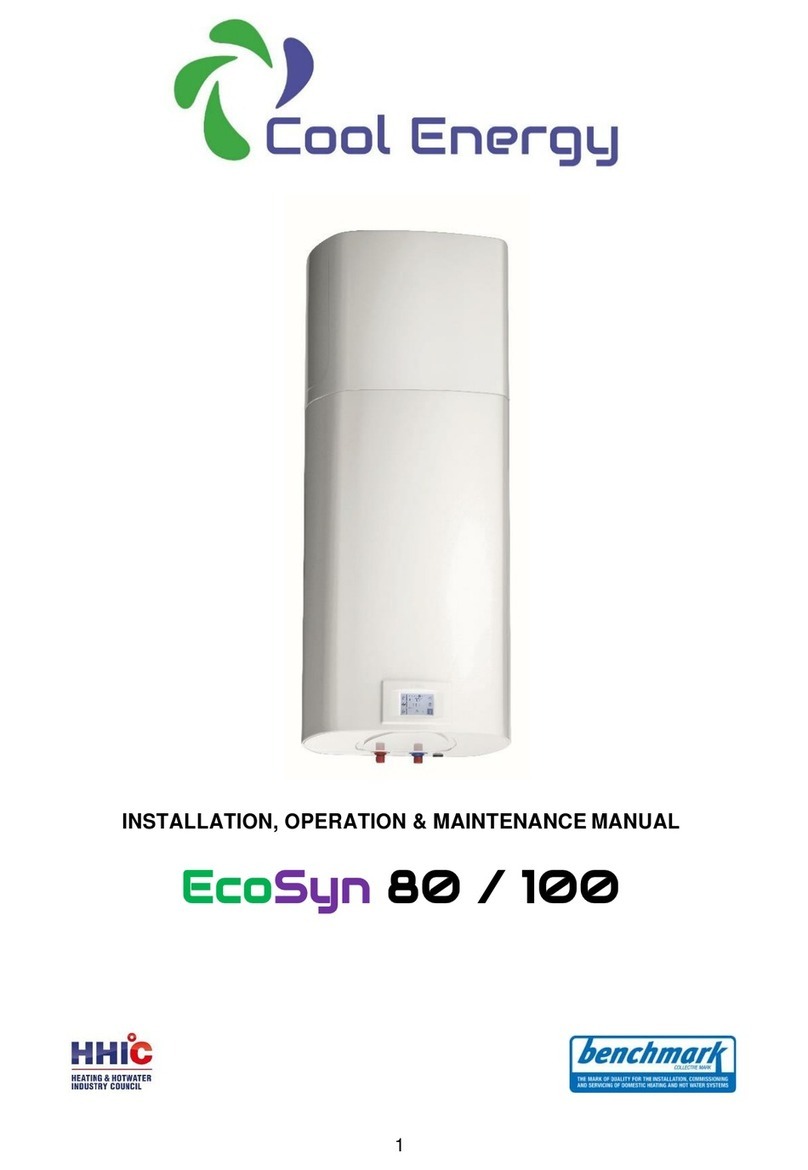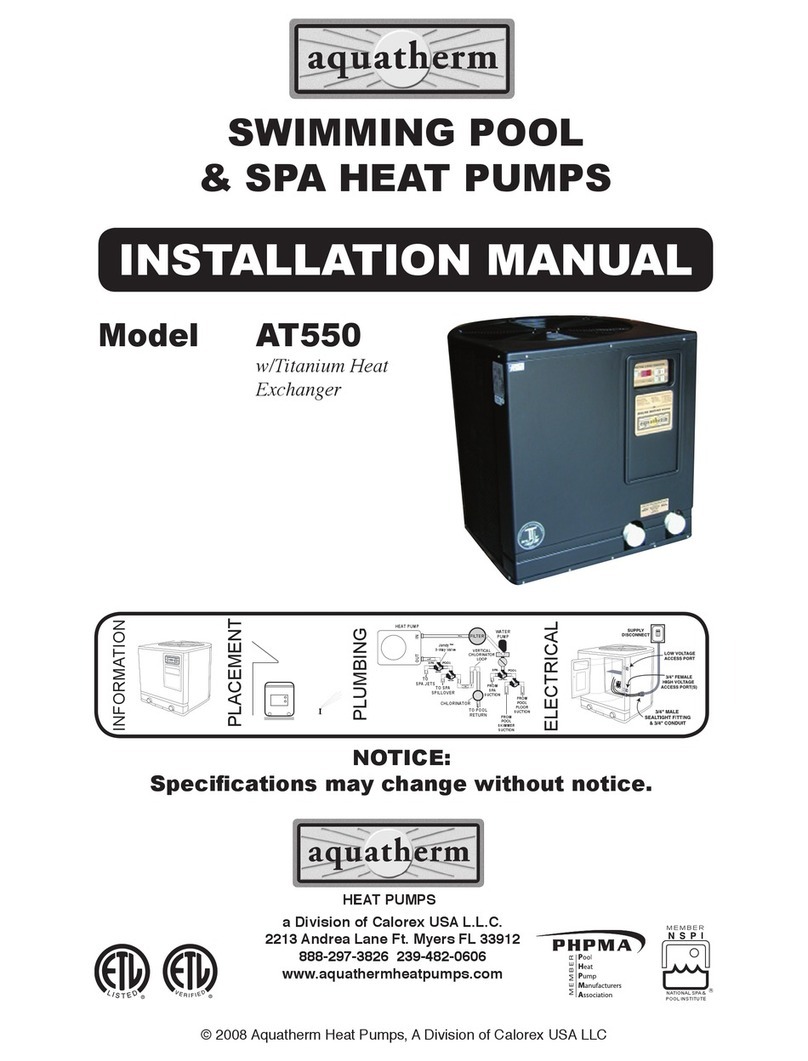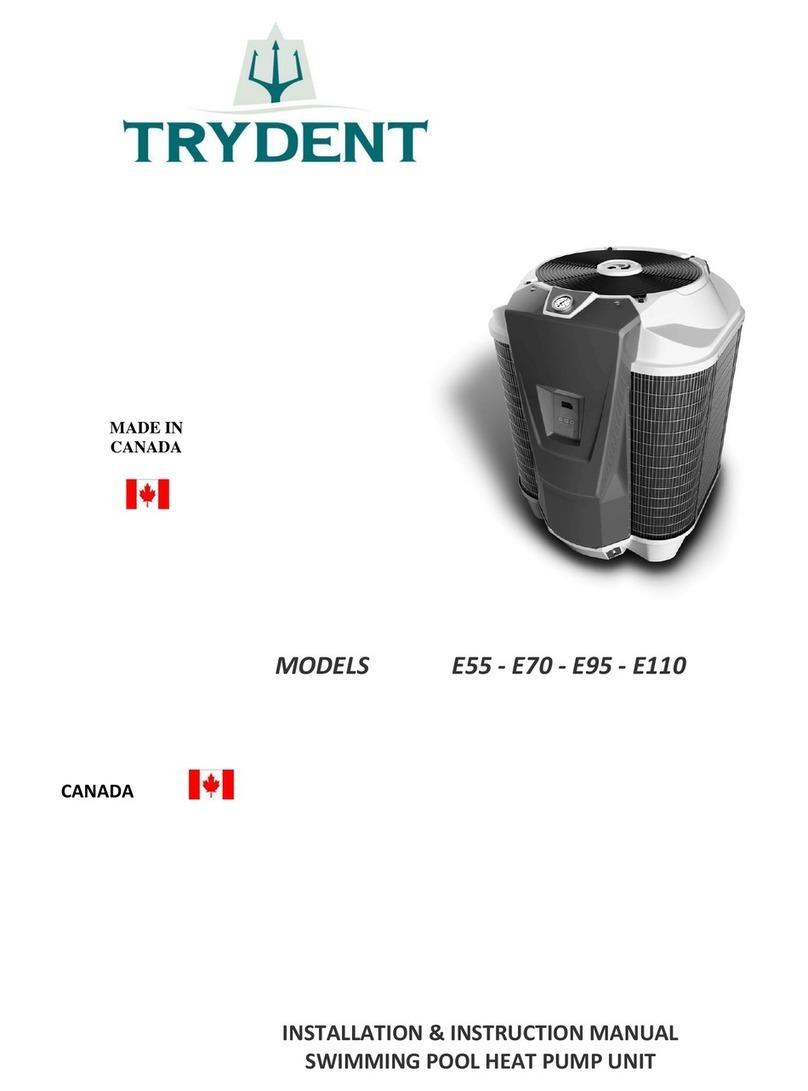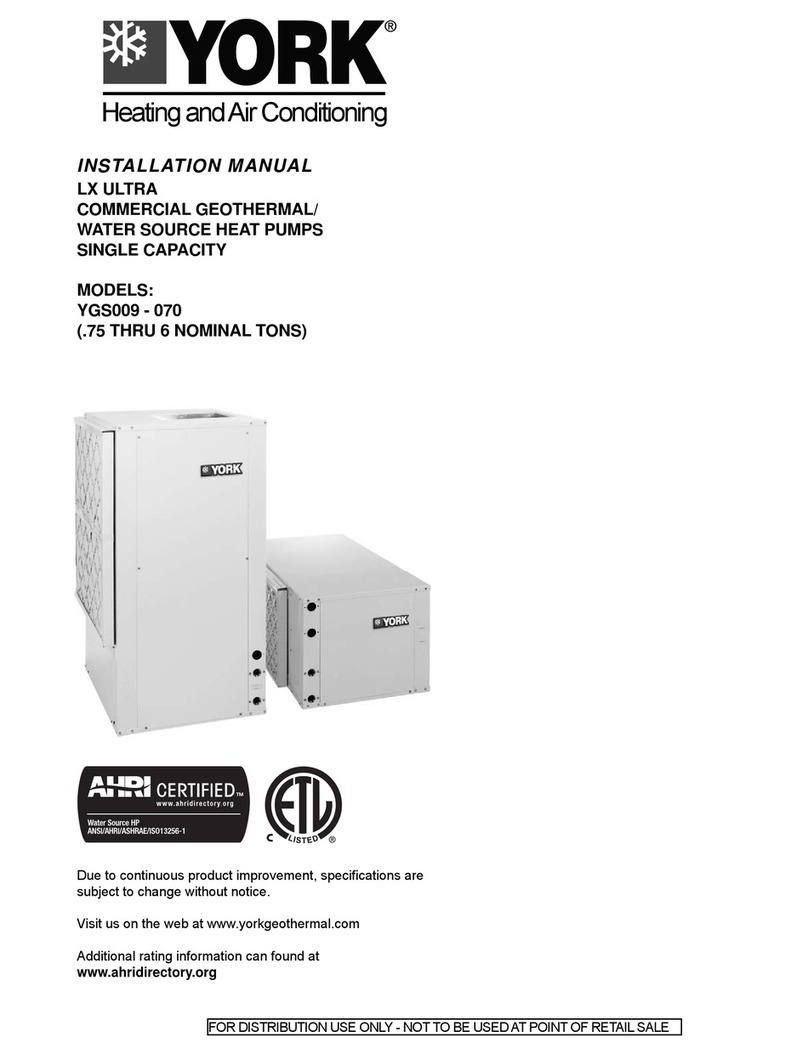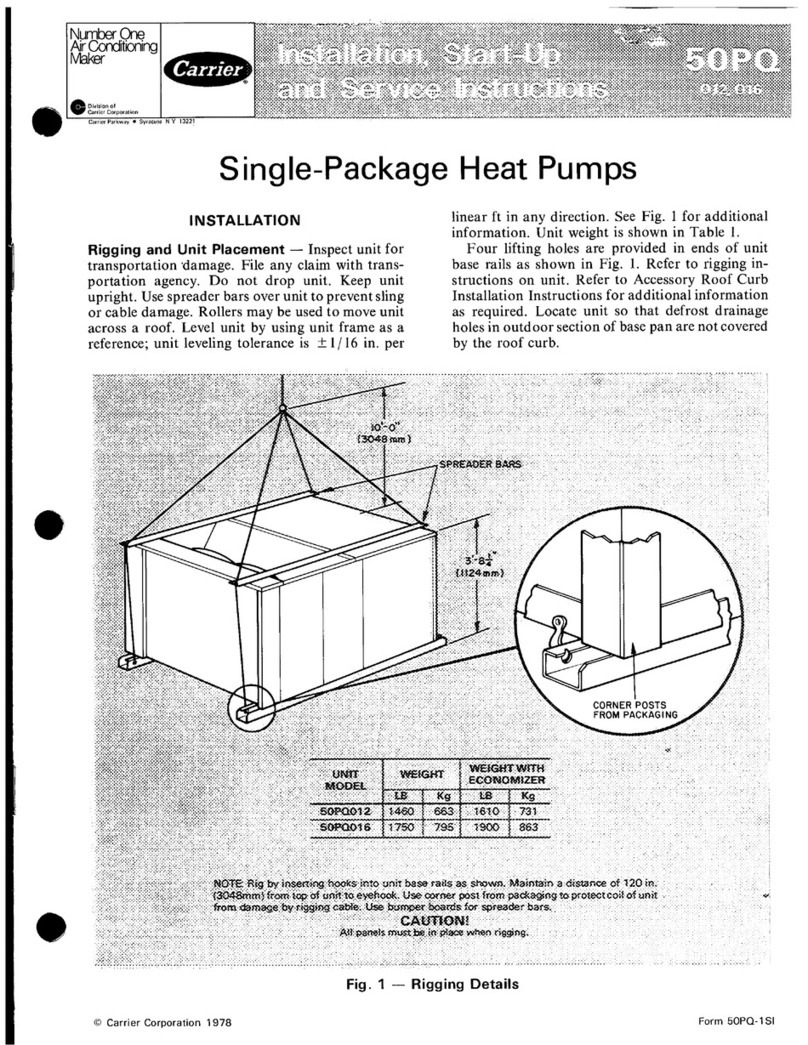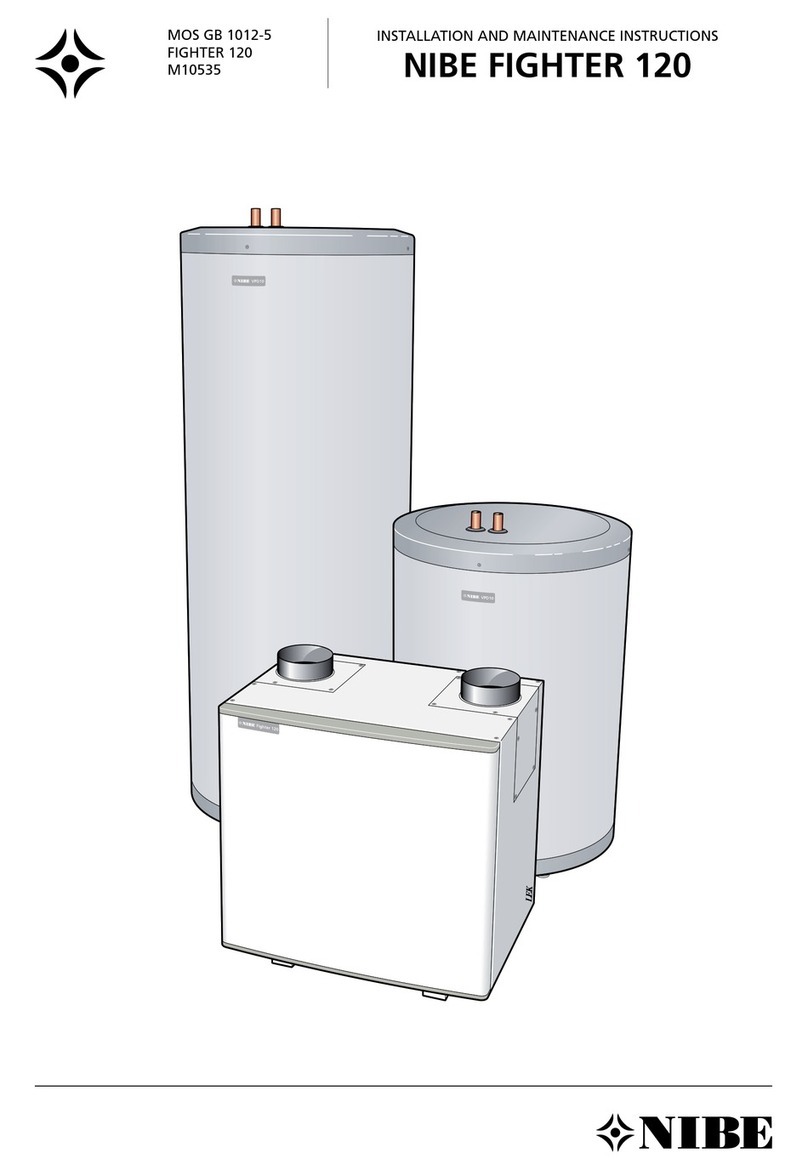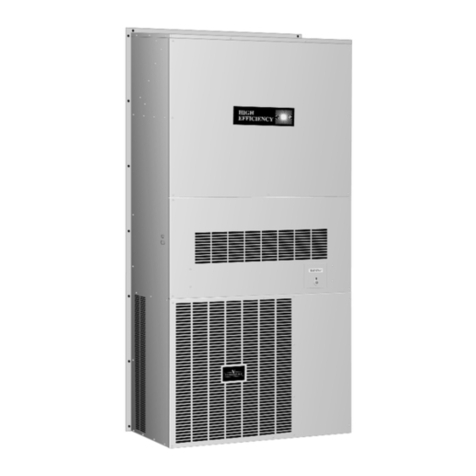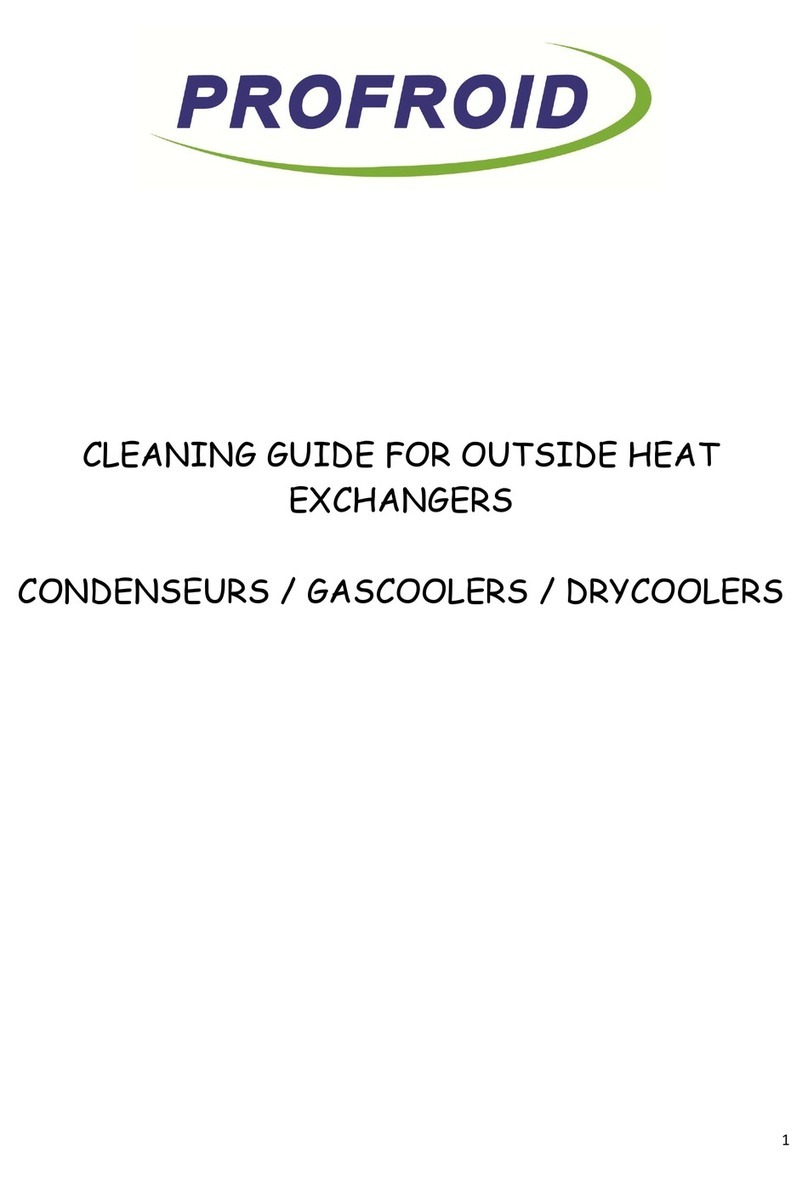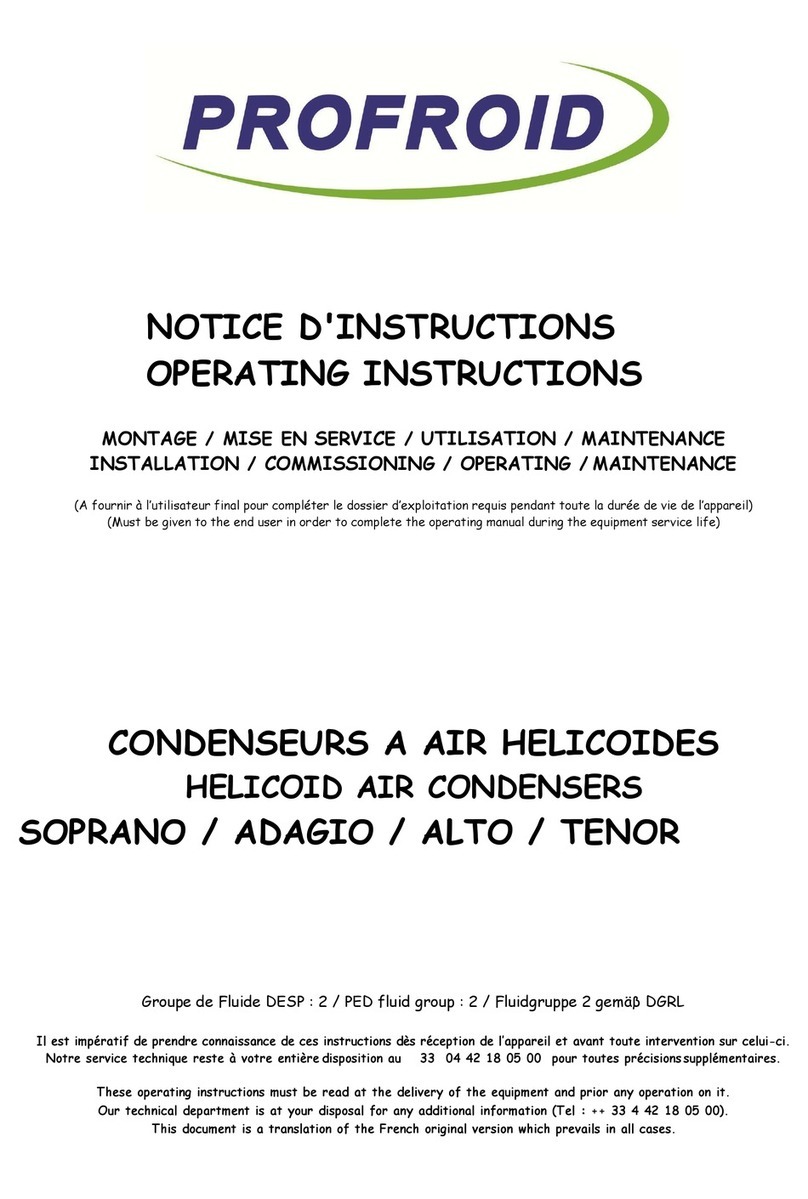
SAFETY
As professional, the installer must:
Define the operating conditions of the refrigeration equipment under his own responsibility regarding the design. This device
needs to be incorporated in machines conforming to the Machines Directive. Its commissioning is only authorized if it has been
incorporated in machines which fully satisfy the legal regulations.
Complete and adapt these recommendations, if necessary, by adding other safeties and /or controls according to the
refrigeration equipment’s operating conditions.
Have performed all the installing, commissioning and maintenance operations by qualified professionals and conforming with
standards EN 378, EN 14276, EN 13136, EN 13313, EN 60204 and EN 60335, the EU directives, the safety rules generally
recognized, sound engineering practice, the local regulations; as well as those which may be set up, taking into account the evolution
of the technology and the regulations.
If the installation, the commissioning, the operating, the maintenance are not realised according to this operating instructions, the
responsibility of Profroid cannot be involved.
Completely inform the customer on the control, maintenance and follow-up of the refrigeration equipment.
The devices are delivered u der pressurized itroge or dry air (make sure at receptio that material is u der pressure by usi g
a pressure gauge) ; except dry cooler, bri e air cooler.
Respect the sta dard for tra sport a d ha dli g of pressure devices.
I stall device i a space with sufficie t ve tilatio regardi g sta dards a d regulatio s because device is u der pressure of
itroge ; except dry cooler, bri e air cooler.
Very importa t: before performi g a y servici g operatio o refrigeratio equipme t, the electric power supply must be tur ed
off. The co tractor or the compa y i charge of the i stallatio shall be respo sible for carryi g out the required i structio s.
Profroid disclaims any responsibility for change(s) or repair(s) on its devices made without its prior agreement.
The devices are exclusively intended for professionals, for refrigeration purposes and for their limits of use.
The identification of device and his range of use are written on the name plate. The name plate is stuck on device. Name plates are
located: on the coil for heat exchangers, on the frame for racks, on the housing for condensing units, on the receiver for liquid receiver
sets and for liquid sub-assembly. The name plate is joined to this operating instructions (pdf). The complete installation must be
designed and used not to exceed the range of use. Device is designed for a maximum ambient temperature of 38°C (as standard
configuration).
The user or operator shall ensure the control and maintenance of the equipment with qualified professional complying with the
instructions below, possibly completed by the installer. For these operations, the standards and directives mentioned above remain
usefull.
This is also available during the stop of the refrigeration installation.
The average life cycle for the design of our devices is of a minimum of 10 years, provided if you follow our operating instructions.
Profroid cannot be held responsible in case of violation to the recommendations of them.
Pipings of Profroid equipment are made with different types :
-in copper, standard NF EN 12735
-in steel, standard NF EN 10216-2 (type P265GH ; n° 1.0425)
-in stainless steel, standard NF EN 10217-7 (type 304L – X2CrNi18-9 ; n° 1.4307)
These pipings must be inspected regularly following standards, sound engineering practice and local regulations in the country of use.
Some heat transfer fluids can be harmful or corrosive, and their uses must be realised in relation with their risks, if there is a leak on
pipings.
INSTALLATION
The loading and unloading operations must be performed with adequate handling equipment (forklift, crane, etc.) using possible
lifting points provided for this purpose.
The qualified professional should be certified and will wear individual safety equipment (protective gloves, glasses, safety shoes,
etc.); operators will never circulate under the load during lifting operations.
During handling, the operator will ensure a good balance to prevent the equipment from swinging.
Make sure that the equipment or its accessories have not been damaged during shipping and no parts are missing.




















